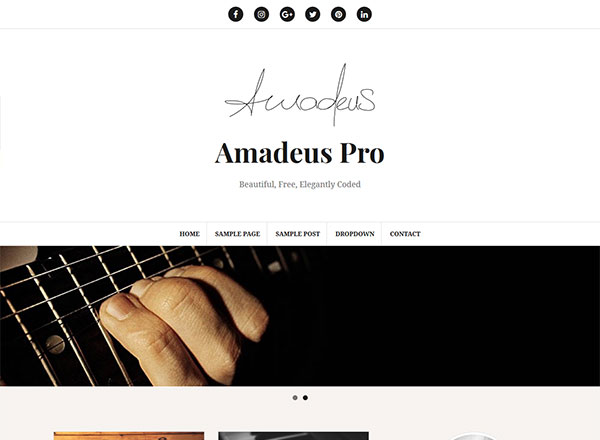
Presentation: 27th March 2020, 9:00 a.m., Studio 3, Royal Conservatoire The Hague Introduction Main subject teachers: Kate Clark, Wilbert Hazelzet.Photo credits: Martina Zuzana Šimkovičová 5.3 How can these discoveries feed back to the traditional traverso repertoire?.5.2 What can we consider as ΄extended techniques΄ for the one-keyed flute in 18th century?.5.1 Effect of ΄extended techniques΄ and contemporary music practice on traditional playing technique on the one-keyed flute.EXTENDED TECHNIQUES AND TRADITIONAL TRAVERSO REPERTOIRE 4.2 Daniel Matej (*1963): JMF for DM for traverso solo.4.1 Hans-Martin Linde (* 1930): Anspielungen for baroque (or modern) Flute.CHOSEN CONTEMPORARY PIECES FOR TRAVERSO SOLO EXTENDED TECHNIQUES FOR THE ONE-KEYED FLUTE 2.3 Extended techniques, expanding the sonority of woodwinds.΄Sound ideal΄ from the perspective of contemporary music 2.1 Limitations of the traverso for the performance of 18th century music, from the 21st century perspective.TRAVERSO: LIMITATIONS AND CONTEMPORARY MUSIC 1.2 Modern perspectives on traverso sound.Exploring the sound possibilities of traverso through contemporary music.The Limits of Traverso Exploring the sound possibilities of traverso through contemporary music. The presentation will be given in the form of performance-lecture. It also hopes to inspire composers to write more contemporary acoustic music using the specific sonority of this instrument. The research hopes to bring some new inspirations for traverso players as well as other ΄early music΄ performers, and to clarify the distinctive role of sound as an expressive device in early instruments. At the end, I will be looking at how this untraditional perception of traverso sound could open up our expressive imagination in performance of the traditional 18th century traverso repertoire. At the same time, so-called ‘extended techniques ’for the modern flute are explored on the baroque flute, by a study and performance of two contemporary compositions for traverso solo. The research considers what have sometimes been seen as the instrument´s “limitations” and "imperfections", asking how they could be positively exploited in contemporary music.

The tonal capabilities of the traverso will be viewed from the perspectives of both 18th century sources and modern-day ΄early΄ and ΄classical music practice΄.

This research attempts to explore the traverso and its expressive sound possibilities when placed in the field of contemporary music. In ‘early music’ performance today ΄sound΄ does not get as much attention as other expressive devices, even though the sound was an inseparable part of expression in music performance in 18th century.


 0 kommentar(er)
0 kommentar(er)
